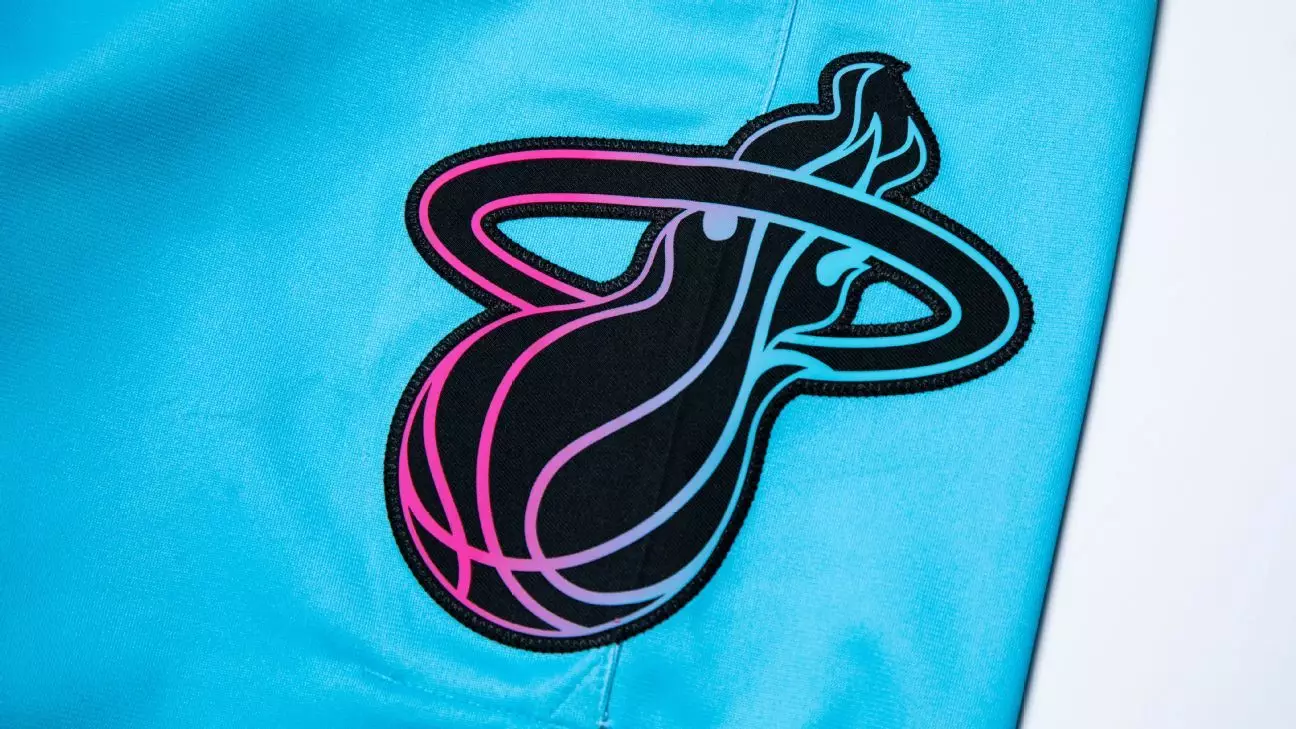Sports organizations are supposed to epitomize integrity, passion, and fair play. Yet, the recent scandal involving a former Miami Heat security officer exposes a dark underside—how easily trust can be compromised from within. Marcos Thomas Perez, a man who once upheld the security of one of the NBA’s notable franchises, now stands accused of orchestrating a high-stakes illegal trade in priceless memorabilia. This breach not only tarnishes the reputation of the Miami Heat but also underscores the vulnerabilities inherent in organizations that deal with valuable collectibles. The very facilities meant to safeguard historic items became the gateways for theft, revealing lapses in internal controls and oversight.
This incident demonstrates that even those entrusted with protection can become perpetrators. Perez’s involvement in the theft and subsequent sale of game-worn jerseys, including a LeBron James Finals jersey, highlights an alarming trend: insiders leveraging their access for personal gain. It’s a betrayal of fans, players, and the entire sports community that invests emotionally and financially in these moments of athletic excellence. The temptation to monetize such priceless artifacts reveals a paradox—that the allure of lucrative short-term gains can corrupt individuals whose roles should emphasize security and integrity.
Market Dynamics and the Illusion of Bargain Prices
A striking element of this scandal is how Perez managed to facilitate sales across state lines, often at prices far below their actual worth. Selling a LeBron James jersey initially for approximately $100,000—later fetching $3.7 million at auction—exposes a troubling disconnect. It underscores how stolen memorabilia is clandestinely circulated at bargain prices, fueling a criminal underground that exploits collectors and investors seeking rare items. These transactions expose a loophole in the enforcement of intellectual property rights and the value attached to cultural artifacts in sports.
The demand for iconic sports memorabilia continues to grow, driven by passionate fans and collectors eager to own pieces of history. Unscrupulous actors like Perez manipulate this demand, circumventing legal channels and devaluing legitimate markets. The ease with which such stolen artifacts are bought and sold online underscores the importance of tighter regulations and tracking mechanisms within the sports memorabilia industry. If insiders with authorized access can become thieves, it raises questions about the adequacy of current security measures and accountability protocols.
The Larger Implications and Need for Reform
This case serves as a wake-up call for sports organizations worldwide. Reliance on internal safeguards is not enough; there must be rigorous vetting, continuous monitoring, and clearer accountability measures. The fact that Perez accessed a secured equipment room and allegedly stole hundreds of jerseys over years indicates systemic vulnerabilities. Organizations must implement technology-driven solutions—such as video surveillance, audit trails, and real-time inventory management—to prevent insider theft.
Moreover, the broader sports community must confront the glamorization of memorabilia collecting. While celebrating athletic history is vital, there’s a pressing need to address how stolen merchandise infiltrates legitimate markets, eroding their authenticity and value. Efforts to combat this must involve collaboration among law enforcement, sports leagues, and collectors, fostering an environment where integrity is prioritized over greed. Only then can the essence of sports—its authenticity, its moments of glory—be preserved for future generations.


Leave a Reply